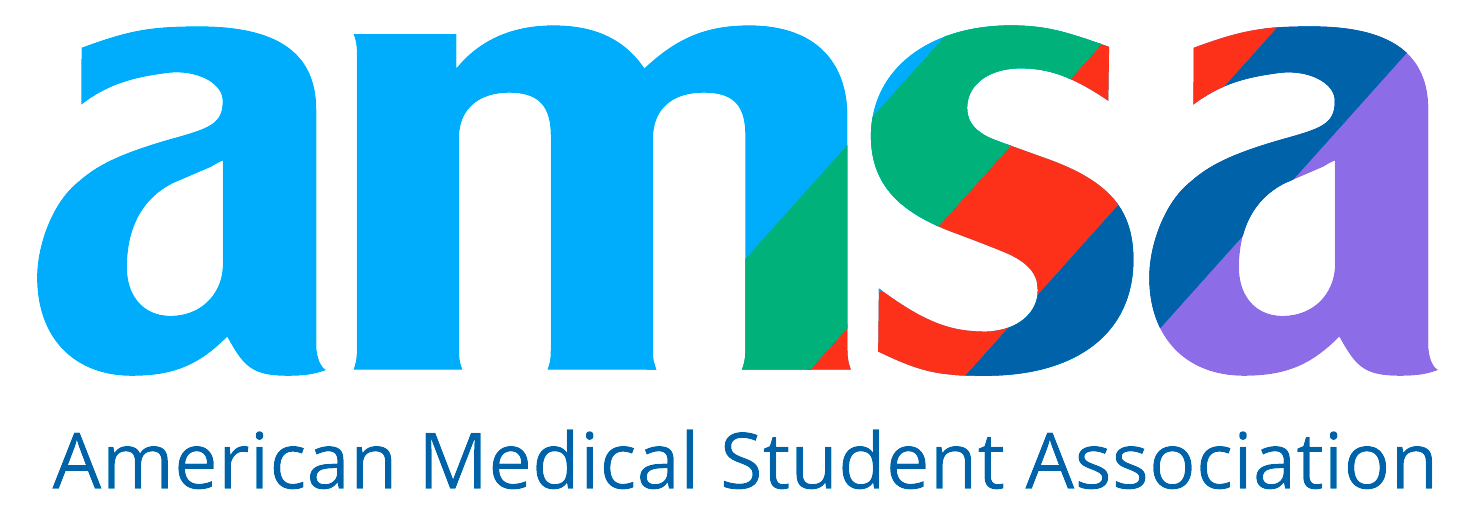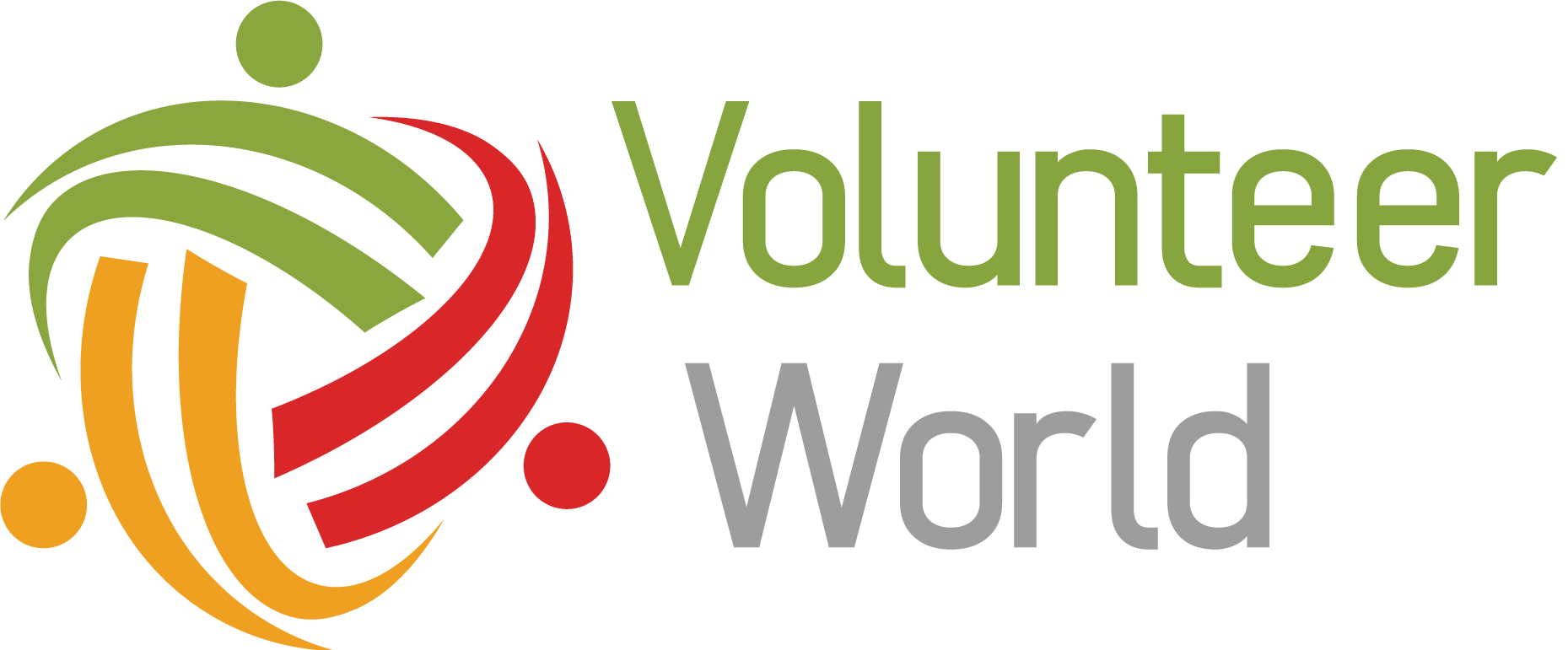Top Medical Schools Accepting International Students (Updated)
Go-Elective Abroad
Top Medical Schools Accepting International Students (Updated)
Do All Medical Schools Welcome International Students?
Unfortunately, no. While there are many excellent medical schools in North America, not all of them accept international students. Two major factors often influence a school’s decision: location and funding. Many public institutions receive state or provincial subsidies and therefore prioritize applicants who are more likely to practice locally post-graduation.
Why Public Schools May Not Admit International Students
Publicly funded medical schools in the US and Canada aim to address physician shortages within their local communities. They do this by prioritizing applicants who are residents of their state or province—those more likely to stay and serve the population after graduating.
Financial Considerations and International Students
Another common barrier for international applicants is tuition. The average cost of medical school in the United States exceeds $53,000 annually. Some universities are reluctant to admit students from abroad if they fear that the student may default on tuition payments, especially if that student returns home after graduation.
Additional Barriers for International Applicants
Beyond cost, international students may face visa complications, limited access to federal loan programs, and fewer institutional funding options. These concerns often discourage some medical schools from opening their doors to international applicants.
Financial Aid for International Medical Students
Types of Financial Aid Offered by Med Schools
Most US and Canadian med schools offer various funding options: federal loans, institutional grants, merit-based scholarships, and need-based aid. However, most of these are reserved for citizens or permanent residents.
Factors Influencing Aid Availability
- Residency status
- Public vs. private institution
- School values and mission
- Aid breakdown (grants vs. loans)
- Visa requirements and restrictions
Working as an International Student
In the US, student visa holders may work up to 20 hours per week during the school year, typically only for on-campus or school-affiliated positions.
Common Challenges Faced by International Applicants
-
Limited Spots and High Competition
Most med schools that accept international students reserve only a few seats per class for them. This creates intense competition. For example, McGill University admitted only one international student out of 88 applicants in a recent cycle.
-
Language and Prerequisite Barriers
International students often need to pass the TOEFL if English isn't their first language. Some schools may require one to two years of study in North America before applying.
-
Document Translation and Red Tape
Many schools request officially translated transcripts and references. Navigating visa, housing, and immigration documentation also adds significant complexity to the process.
Benefits of Attending Med School Abroad
-
Access to World-Class Medical Education
International students accepted into US or Canadian medical schools often benefit from learning in top-tier institutions like Harvard, Johns Hopkins, or the University of Toronto.
-
Exposure to Research and Innovation
North America houses some of the world’s most advanced research and clinical facilities, including the Mayo Clinic and Johns Hopkins Hospital.
-
High Earning Potential
Despite the high cost of attendance, international medical graduates enjoy strong returns on investment. Primary care doctors earn around $297K/year, while specialists average $357K/year in the US.
-
Personal Growth and Career Value
Studying abroad builds independence, global perspective, and language skills. These traits enhance employability and leadership potential in a global healthcare workforce.
How to Improve Your Medical School Application
Tips for International Applicants
- Gain clinical or research experience in the country where you want to study
- Enroll in a US or Canadian post-bacc or master’s program
- Participate in exchange programs
- Secure strong letters of recommendation
- Write a standout personal statement that highlights your international background
- Have a clear financial plan to show schools you are not a financial risk
- Tailor your application to each school’s mission and admissions values
List of Medical Schools That Accept International Students
Here's a selection of medical schools in the US and Canada currently accepting international applicants. Always check the official website or MSAR for the most updated information.
…and many more.
Frequently Asked Questions
-
Can I Apply to Schools That Don’t Accept International Students?
No. If a school explicitly states that it doesn’t accept international applicants, applying will be a waste of both time and money.
-
Are Canadian Students Considered International Applicants in the US?
Some US med schools treat Canadian students as out-of-state rather than international, which can be beneficial. These schools are considered “Canadian-friendly.”
-
Do I Need to Study in the Same Country Where I’m Applying?
Sometimes. Some schools require applicants to complete a portion of their undergraduate education in the host country. All applicants must meet prerequisites and language requirements.
-
Will I Need Student and Work Visas?
Yes. You will need a student visa for med school and a work visa for residency if you are not yet a citizen or permanent resident by that time.
-
Are Financial Aid Options Available to International Students?
Yes, but they are limited. Many federal aid programs are unavailable, but private scholarships and institutional grants may still be offered.
-
Do International Students Pay More?
At public schools—yes. International students often pay significantly more than in-state applicants. At private institutions, tuition tends to be the same across the board.
-
Does Acceptance Mean a Guaranteed Spot?
No. Even if a school accepts international applicants, competition is fierce, and acceptance is never guaranteed.
How Can I Boost My Chances?
- Build a strong CV with clinical or shadowing experience
- Attend a post-bacc or SMP
- Demonstrate financial readiness
- Work with admissions consultants like Go Elective to refine your application
- Stand out in your essays by highlighting your global perspective
Final Thoughts
Applying to medical school as an international student presents unique challenges—but also life-changing opportunities. With careful planning, strong academics, and a compelling narrative, your dream of studying medicine abroad is entirely achievable.
For more support, Go Elective offers comprehensive medical school admissions consulting and global pre-med shadowing programs in Kenya and Tanzania. Let us help you take the next step toward a rewarding medical career.
Article Details
Categories
Recent Articles , Pre-health, Medical Electives, Med Schools,
Author: Go-Elective Abroad
Date Published: Sep 7, 2025
Travel with us.
Inquire Today!
Go Elective offers immersive opportunities for medical students, pre-med undergraduates, residents, nursing practitioners, and PAs to gain guided invaluable experience in busy hospitals abroad. Discover the power of study, travel, and impact.






